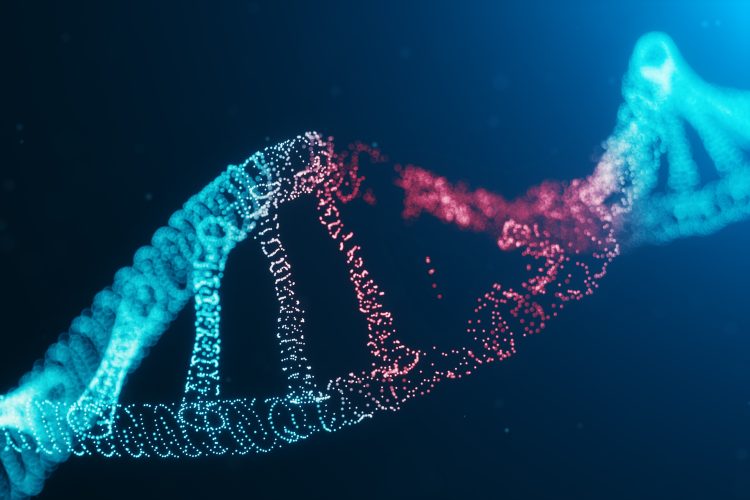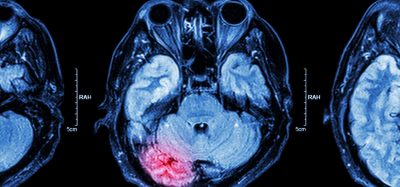DNA organiser STAG3 could advance infertility and cancer research
Posted: 27 August 2025 | Drug Target Review | No comments yet
Kyoto University researchers have discovered a new DNA-organising protein complex called STAG3-cohesin – a protein that appears in human B cells and blood cancers. This discovery could potentially lead to new approaches for treating infertility and certain cancers.


A research team at Kyoto University has identified a new mitotic cohesion complex called STAG3-cohesin that plays a crucial role in organising the DNA of spermatogonial stem cells (SSCs) – the stem cells that help to produce sperm. This ‘DNA organiser’ was found to be essential for proper sperm production in mice, and its discovery may open up new possibilities for treating infertility and certain cancers. Their study was published in nature structural and molecular biology.
A new player in DNA architecture
SSCs rely on highly organised DNA folding to function, which is controlled by ring-shaped protein complexes called cohesins that create boundaries to regulate gene activity.
Until now, cohesin complexes were thought to exist in two forms:
- Mitotic cohesins: containing STAG1 or STAG2 with RAD21.
- Meiotic cohesins: containing STAG3 with REC8 or RAD21L.
Germ cells, which pass DNA to the next generation, exhibit a unique DNA organisation with unusually weak boundaries – but the mechanisms behind this were unclear until now.
Discovery of STAG3-cohesin
To investigate cohesins in SSCs, the research team mapped the location and interaction of cohesin proteins in SSCs cultured in vitro. They found that RAD21 – which normally partners with STAG1 or STAG2 – instead partnered with STAG3. Previously thought to function only during meiosis, STAG3 was forming a new type of mitotic cohesin. Using immunoprecipitation–mass spectrometry, they confirmed that RAD21 and STAG3 form a complex, which they named STAG3-cohesin.
STAG3-cohesin is critical for fertility
To understand the function of this new complex, researchers created genetically modified SSCs: one set lacking STAG3 and another containing only STAG3. They found that STAG3-cohesin is responsible for the unusually weak DNA boundaries in SSCs. In mice lacking STAG3, SSCs could not efficiently progress from their stem-cell state to the next stage of sperm development, resulting in fertility problems.
“This shows that STAG3-cohesin does more than organise DNA and is critical for proper germ cell development,” the researchers said.
Implications beyond germ cells
Because STAG3 functions in mitotically dividing cells, the researchers explored its role in other human cell types. Analysis of large datasets found that STAG3 is highly expressed in immune B cells and B-cell lymphomas – a type of blood cancer. Laboratory studies showed that blocking STAG3 slowed the growth of these lymphoma cells.
Future outlook
The discovery of STAG3-cohesin develops our understanding of how DNA organisation controls gene activity. Notably, altering STAG3 levels can change the proportion of stem cells in the testis – suggesting a novel mechanism regulating SSC state at the boundary between normal cell division and the start of meiosis.
Beyond reproductive biology, the link between STAG3 and B-cell cancers could inform future cancer therapies. While more research is needed, these findings offer insights that could advance stem cell biology, reproductive medicine and cancer treatment in the future.
Related topics
Cancer research, DNA, Oncology, Stem Cells, Translational Science
Related conditions
Cancer, infertility
Related organisations
Kyoto University








